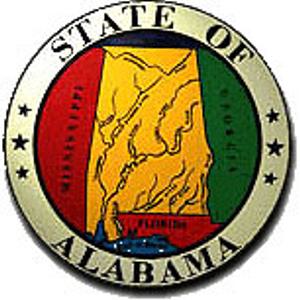
Recently published historical research led by Professor Austin Sarat (pictured) of Amherst College examines the way gruesome executions were reported in the media in the late 19th and early 20th centuries. Prof. Sarat’s study found that newspapers generally presented two competing narratives in their coverage: “a sensationalist narrative, which played up the gruesomeness of botched execution[s], and an opposing, recuperative narrative, which sought to differentiate [the] law’s violence from violence outside the law.” (Article abstract) Gruesome executions were put into a larger context of an orderly and justified punishmnet: “They situated such executions within a framework that justified capital punishment as the proper way to avenge violent crimes. Problems were attributed to unavoidable human errors or technological breakdowns, and executions, even when they became gruesome spectacles, generally did not seem to inflict undue suffering on the condemned.” The report, Gruesome Spectacles: The Cultural Reception of Botched Executions in America, reviewed newspaper accounts of botched executions between 1890 and 1920, and was published in inaugural issue of the British Journal of American Legal Studies. Read full text of report.
(A. Sarat, et al., “Gruesome Spectacles: The Cultural Reception of Botched Executions in America, 1890−1920,” 1 British Journal of American Legal Studies 1 (Spring 2012); posted May 4, 2012). See History of the Death Penalty and Studies. See listing of recent botched executions.
Executions Overview
Nov 13, 2023

Alabama Schedules A Second Execution for Kenneth Smith, Using Nitrogen Gas for the First Time in U.S. History
Executions Overview
May 01, 2023

